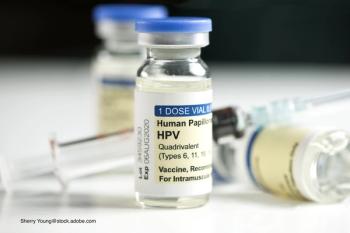
The human papillomavirus (HPV) vaccine is the key to a major public health victory, but the vaccine coverage has been less than effective. A report offers some answer to how parental intent has made an impact.

The human papillomavirus (HPV) vaccine is the key to a major public health victory, but the vaccine coverage has been less than effective. A report offers some answer to how parental intent has made an impact.

Transgender and gender diverse (TGD) children can often be unsure of who to turn to for compassionate gender care. A report considers whether media exposure can help TGD children get needed care.

The Healthy, Hunger-Free Kids Act of 2010 was supposed to improve the dietary quality of the school lunch. An investigation may be able to finally provide an answer.
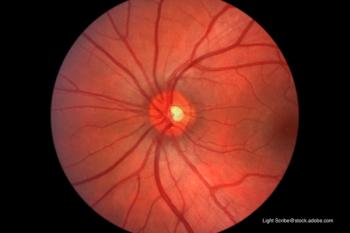
Neurocognitive development is rapid in early childhood. An investigation looks at whether the eye can provide some information on potential issues.

Fluoridation programs have been used for years to protect the public’s teeth. A report examines how well the programs protect a child’s first set of teeth from severe dental caries.

It’s not only professional sports leagues returning to the playing field. The American Academy of Pediatrics (AAP) has issued interim guidance to keep young athletes safe from COVID-19.
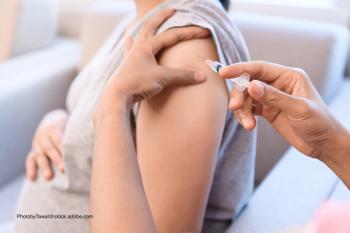
Immunizations during pregnancy are common and meant to provide protection during the early months of life. A literature review looks at whether the practice influences other early health outcomes.

A bone fracture is a painful experience and ibuprofen may be used to treat the pain. A report examines whether it could inhibit bone healing.

Early warning scores have been shown to be helpful at determining children at risk of clinical deterioration. A report looks at whether an emergency department version of these scores could be effective.

Gestational age is a major factor in neonatal death. A study examines if the effect of both gestational age and A new study shows that Apgar scores are able to forecast preterm infant mortality on on the risk of death.
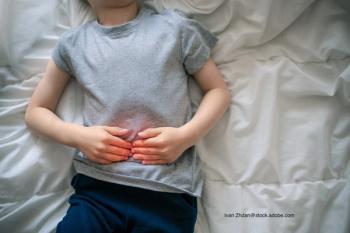
When diagnosing inflammatory bowel disease (IBD), pediatricians may want to avoid using endoscopy. Here’s a look at how 4 alternate strategies work.

Vision problems can negatively impact learning and should be found as soon as possible. A report examines whether in-school exams could help.
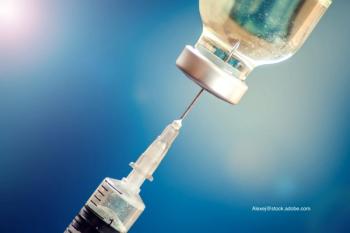
The US government has entered into an agreement to acquire the first 100 doses of a COVID-19 vaccine candidate developed by Pfizer and BioNTech, pending approval by the US Food and Drug Administration.
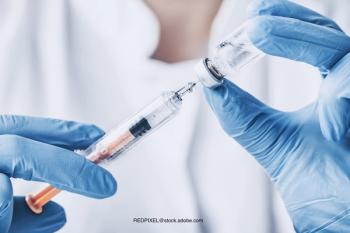
Routine vaccination for meningococcal disease has been recommended since 2005. A study looks at whether the recommendation has reduced the incidence of disease.

Racial disparities persist in health care. A report examines the impact of these disparities on postsurgery outcomes.
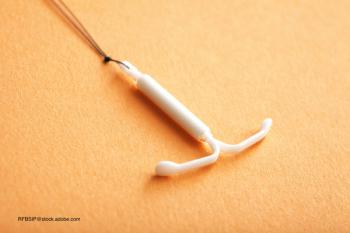
The American Academy of Pediatrics has issued a report urging greater access to long-acting reversible contraceptives (LARCs) for teenagers.
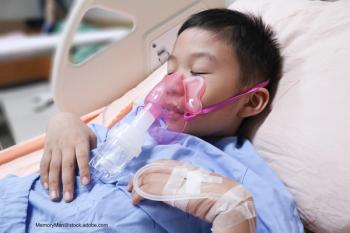
The American Academy of Pediatrics (AAP) has released interim guidance for multisystem inflammatory syndrome in children (MIS-C).

A recent report emphasizes the work of primary care physicians in preventing tobacco use in teens, noting that prevention is the best tool to combat smoking initiation.

Urinary tract infections (UTIs) are common in childhood, but the long-term effects remain little studied. A new report examines if pregnancy could reveal renal damage.

The 2017 guideline update represented a paradigm shift in tackling peanut allergies. An investigation takes a look at how well pediatricians have implemented the change.

Warmer weather means more time outside and the risk of a mosquito or tick bite. A poll examines how parents try to keep their children safe.
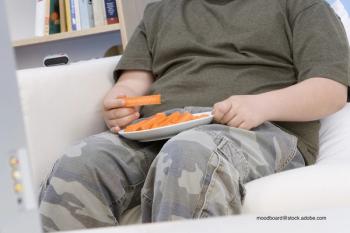
The factors tied to cardiometabolic risk factors and adiposity are myriad. A report examines whether following guidelines can help reduce the risks.
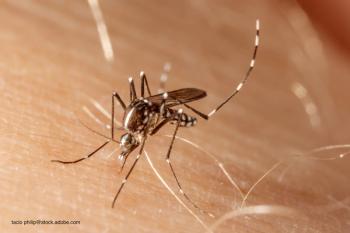
Parents of newborns who had been exposed to Zika virus in utero may have breathed a sigh of relief when their child was born with normocephaly. An investigation finds that adverse outcomes occurred even in children with normal head size.

Severe iodine deficiency in pregnancy has been linked to intellectual disabilities in offspring. An investigation studies whether the same is true for mild-to-moderate deficiency.

Standard care for home oxygen therapy to treat preterm infants uses clinic visits to determine when the child can be weaned. A report considers whether assessing recorded home oximetry data could change this.
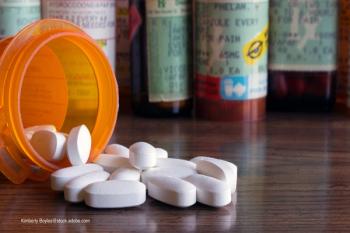
The opioid epidemic led many state policies to reduce opioid use. A report looks at the impact of these policies on opioid poisonings.
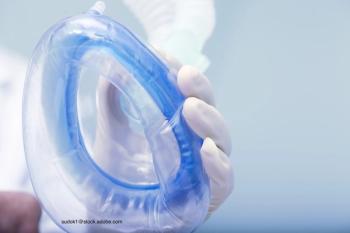
An investigation examines whether the length of a magnetic resonance imaging (MRI) scan can predict anesthesia exposure.
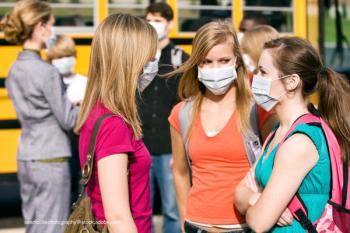
Social distancing and refraining from hoarding behavior have been common social behaviors since the beginning of the pandemic. A report examines how teenagers are engaging in these pandemic-related behaviors.

The jury has been out on whether long-term outcomes have improved for children with heterotaxy syndrome. A new investigation offers some answers.

Sleep is a teenager’s best friend, but so many things can reduce the helpfulness. A new investigation looks into the impact of outside artificial light on adolescent sleep health.